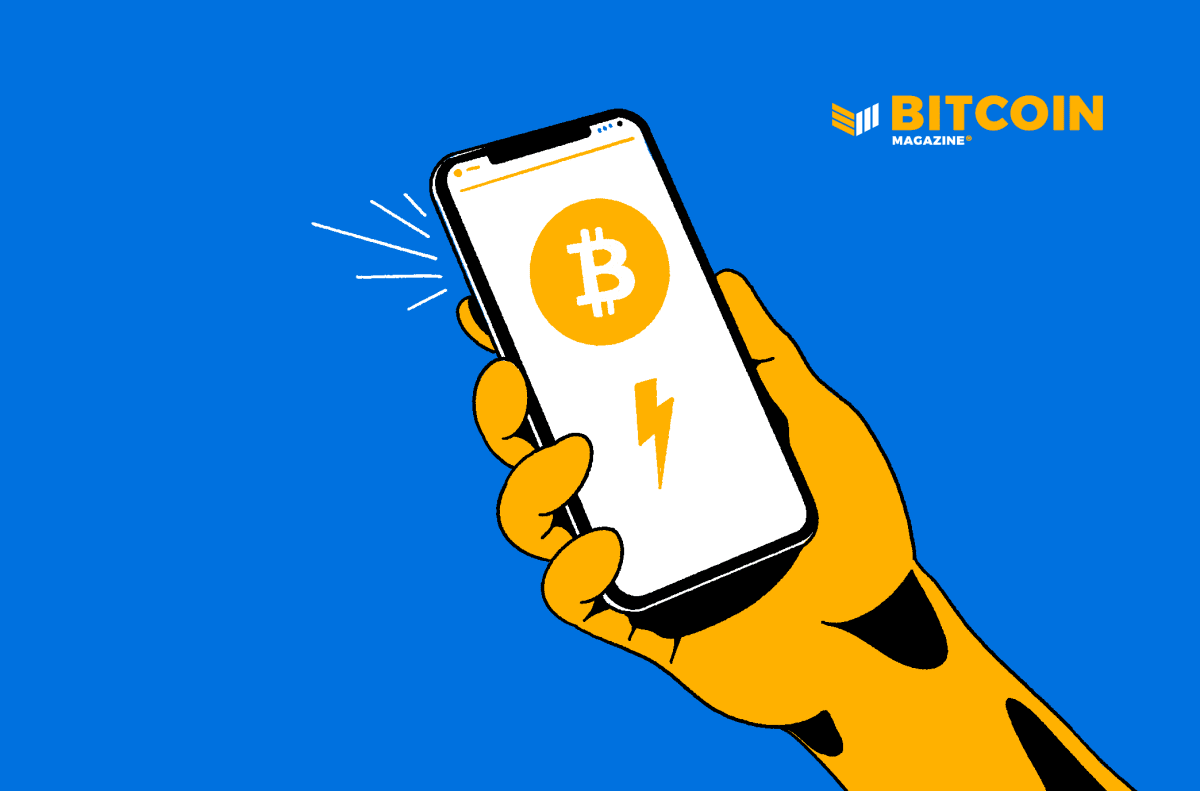MEV Is Coming To Bitcoin And It Will Change Mining Profitability
Mainstream financial audiences are now paying attention to miner extractable value (MEV), and bitcoin investors should too.
Bitcoin mining revenue streams are historically very boring. Miners earn money from two sources: subsidies built into the protocol and fees for processing transactions. Sometimes a company will pay miners to put a special message in a block header. Sometimes cryptocurrency exchanges will negotiate fees with pools to reserve block space during times of high network congestion. But these payments are exceptional and infrequent occurrences. Mining expenses are paid with fee and subsidy revenues.
The future of bitcoin mining revenue, however, is likely to be the extreme opposite of boring. And more bitcoin investors should start paying attention — even ones who aren’t mining.
The Basics Of Miner Extractable Value
Miner extractable value (MEV) measures the revenue taken from block production activities that goes beyond typical subsidy and fee revenue through controlling the inclusion, exclusion and ordering of transactions within any given block. Miners control all of these things — transaction inclusion, exclusion and ordering — but they aren’t the only ones who earn MEV.
Searchers are network participants who monitor on-chain transaction activity for MEV opportunities. These opportunities are typically submitted automatically to miners by a searcher’s bots with higher-than-normal fees associated with the MEV transactions to ensure their inclusion in a new block by financially incentivizing miners to do so, which allows the value to be successfully extracted. Thus, miners and searchers generally share revenue from any given MEV opportunity.
Readers should also know that there is some disagreement on what MEV means. Traditionally, the term represents miner extractable value, but some developers have recently started referring to MEV as maximal extractable value to include non-mining-specific forms of on-chain value extraction. (The purposes of this article are met by referring to mining-specific value extraction.)
Most readers are unlikely to have even heard of MEV, much less understand many of the common strategies for this source of miner revenue. But mainstream financial audiences are paying attention to it and bitcoin investors should too.
MEV Is Gaining Traction
This month, the Bank for International Settlements (BIS) published an eight-page bulletin on cryptocurrency miners and MEV. The report was notable for the surprising depth in its analysis of the mining industry and specifically MEV, including mentions of various MEV strategies (i.e., sandwich and replay attacks) and the mechanics of block organization and production. BIS is a global financial organization that was created in 1930 to provide banking services to central banks and other international financial entities.
“Since when does the BIS know what a ‘replay attack’ is,” tweeted Robert Miller, product lead at FlashBots, the industry’s leading MEV research and development organization.
But BIS isn’t the only mainstream entity aware of MEV. During a cryptocurrency-focused hearing held by the U.S. Senate’s Banking Committee last year, for example, one individual made extensive comments about MEV in their written testimony and their answers to questions from the Senate. The acting chief of the Office of the Comptroller of the Currency, Michael Hsu, also referred to MEV last year as one of several topics that raised “difficult and inconvenient questions” for the industry.
So why should bitcoin investors care?
The Bitcoin MEV Landscape
Trigger warning: This section mentions the name of Vitalik Buterin’s blockchain. But don’t stop reading.
When miners and mining analysts discuss MEV today, the Ethereum economy is their primary focus simply because of the number of “decentralized finance” applications and projects that currently run on that blockchain. Merits and fundamental value of those projects aside, the more applications built on a blockchain and the more on-chain activity generated by them, the more opportunities for MEV exist.
So — back to Bitcoin — the more bullish someone is on a Bitcoin-based decentralized finance (DeFi) ecosystem, the more they should consider the opportunities and threats created by a robust MEV market that will follow. “DeFi needs Bitcoin,” wrote one advocate. MicroStrategy CEO Michael Saylor also thinks the Bitcoin protocol will play an integral role in “the next generation of DeFi.” One recent report altered (or iterated on) the naming convention for Bitcoin-based DeFi, calling it “LiFi” (Lightning Finance), a reference to the Lightning Network. Whatever it’s called, Bitcoin’s DeFi ecosystem will cause its MEV market to grow.
On a live stream about MEV, searcher Nathan Worsley commented on the current and future state of Bitcoin’s MEV, saying, “Bitcoin often philosophically takes a very conservative approach to a lot of [DeFi] issues, so they’ve pushed off a little bit of the DeFi development down the road.” But as Bitcoin’s DeFi ecosystem grows, Worsley said its “[MEV] problems will become more pertinent.”
MEV Exists On Bitcoin
The Bitcoin network today is not a total MEV wasteland.
“There’s more MEV on Bitcoin than Bitcoiners like to acknowledge,” Miller said on the live stream with Worsley. “And there’s some MEV in Bitcoin that just isn’t really being exercised by miners right now,” he added.
Lisa Neigut, a Lightning Network engineer at Blockstream, spearheaded recent conversations around Bitcoin MEV with an article about Lightning Network MEV. In it, she theorizes MEV opportunities from Lightning Network use and (more importantly) considers how MEV searchers in Bitcoin may impact on-chain transactions for Lightning Network channels. Talking about MEV and the Lightning Network, Miller also added, “There’s a lot of griefing vectors where you can make money if you assume you are a counterparty in a channel and a miner.”
More Bitcoin MEV Is Coming
For now, most MEV searching and earning is not happening on Bitcoin. But a robust decentralized finance ecosystem running on Bitcoin will change that. MEV is a complex and not universally good or necessarily well-liked aspect of on-chain activity. But bitcoin investors should pay attention to this area of their own ecosystem and recognize its growth potential. Learning from the challenges and mistakes of MEV in other cryptocurrency ecosystems (e.g., Ethereum) can prevent much headache and heartache in the Bitcoin economy.
This is a guest post by Zack Voell. Opinions expressed are entirely their own and do not necessarily reflect those of BTC Inc or Bitcoin Magazine.









